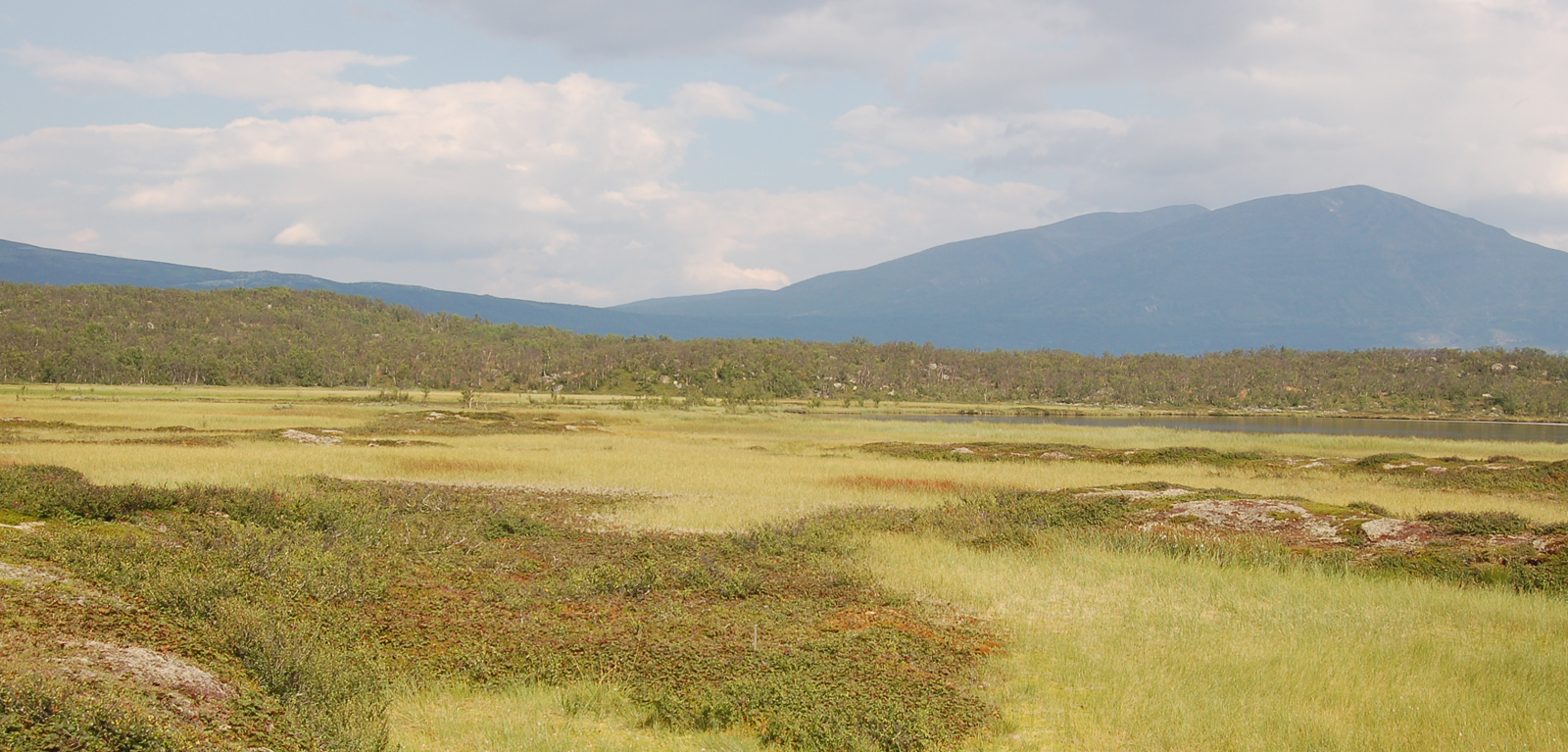Researchers warn permafrost peatlands approaching tipping point
Researchers are warning that permafrost peatlands in Europe and Western Siberia are much closer to a climatic tipping point than was previously believed.

The frozen peatlands in these areas store up to 39 billion tons of carbon – the equivalent to twice that stored in the whole of European forests.
Queen’s University Belfast researchers worked on the product design, modelling and provided knowledge of permafrost peatland ecology and dynamics for a new study, led by the University of Leeds. The team used the latest generation of climate models to examine possible future climates of these regions and the likely impact on their permafrost peatlands.
The projections indicate that even with the strongest efforts to reduce global carbon emissions, and therefore limit global warming, by 2040 the climates of Northern Europe will no longer be cold and dry enough to sustain peat permafrost.
However, strong action to reduce emissions could help preserve suitable climates for permafrost peatlands in northern parts of Western Siberia, a landscape containing 13.9 billion tonnes of peat carbon.
The study, published in Nature Climate Change, emphasises the importance of socio-economic policies aimed at reducing emissions and mitigating climate change and their role in determining the rate and extent of permafrost peatland thaw.
Professor Graeme Swindles from the School of Geography at Queen’s University Belfast is co-author of the research paper and co-supervisor of the lead author. He says: “Arctic environments are changing rapidly in response to climate change. Our work shows that frozen peatlands (permafrost peatlands) in Northern Europe and Siberia are on the brink of a tipping point. Climate warming is leading to thawing of permafrost and major changes to these ecosystems. This could ultimately lead to an enormous release of greenhouse gases.”
Study lead author, Richard Fewster is a PhD researcher in the School of Geography at Leeds. He said: “We examined a range of future emission trajectories. This included strong climate-change mitigation scenario, which would see large-scale efforts to curb emissions across sectors, to no-mitigations scenarios and worse-case scenarios.
“Our modelling shows that these fragile ecosystems are on a precipice and even moderate mitigation leads to the widespread loss of suitable climates for peat permafrost by the end of the century.
“But that doesn’t mean we should throw in the towel. The rate and extent to which suitable climate are lost could be limited, and even partially reversed, by strong climate-change mitigation policies.”
Study co-author Dr Paul Morris, Associate Professor of Biogeoscience at Leeds, Said: “Huge stocks of peat carbon have been protected for millennia by frozen conditions but once those conditions become unsuitable all that stored carbon can be lost very quickly.
“The magnitude of twenty-first century climate change is likely to overwhelm any protection the insulating properties of peat soils could provide.”
The large quantities of carbon stored in peatland permafrost soils are particularly threatened by rapid twenty-first-century climate change. When permafrost thaws the organic matter starts to decompose, releasing greenhouse gases such as carbon dioxide and methane, which increase global temperatures and potentially accelerate global climate change.
Featured Expert

Media
For media inquiries, please contact emma.gallagher@qub.ac.uk